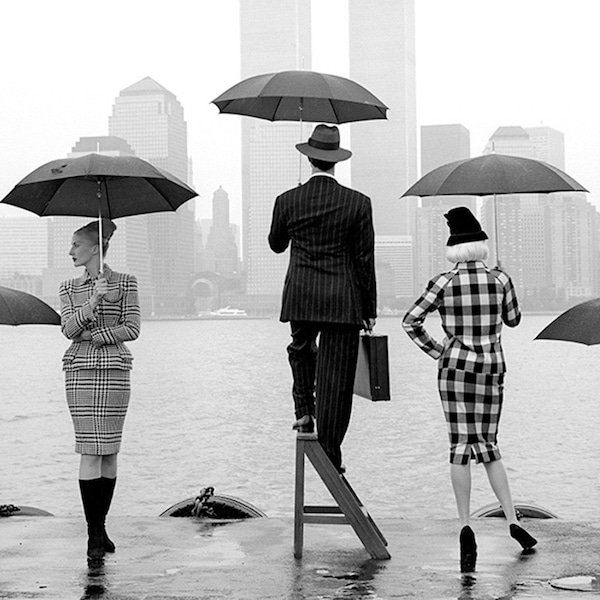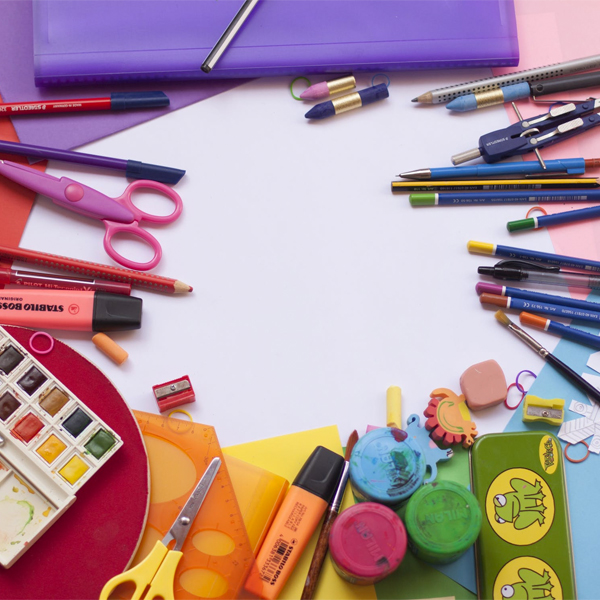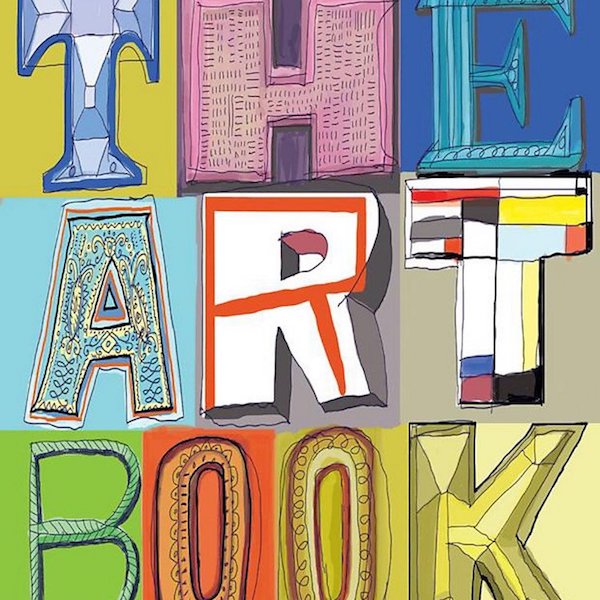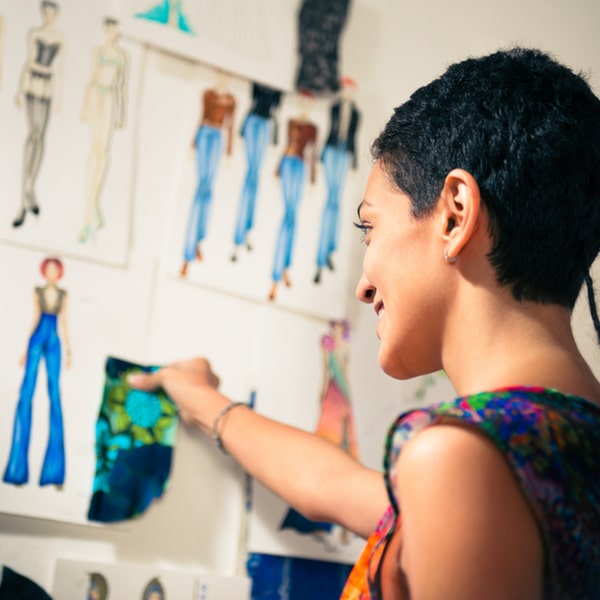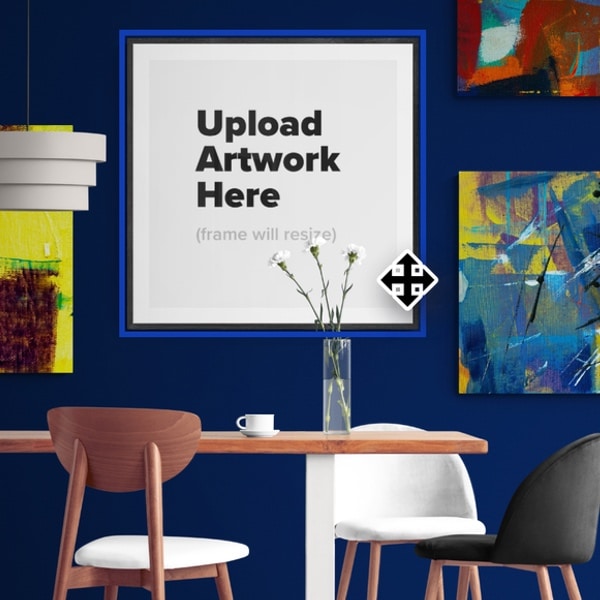
Photo: Annie Spratt
Think you're ready to make the move and give freelancing a try? As a path that's more popular than ever, working for yourself can seem like it would be paradise, but the reality is that it's a lot of hard work. Whether you are a fine artist running your own studio or a freelance photographer, business is business—and that means taking the time to set yourself up properly for success.
By really thinking through your business, you're not only giving yourself a better chance for success, you are also treating your freelance position with the professionalism it deserves. You'll also avoid some of the common mistakes people make, when starting their own business.
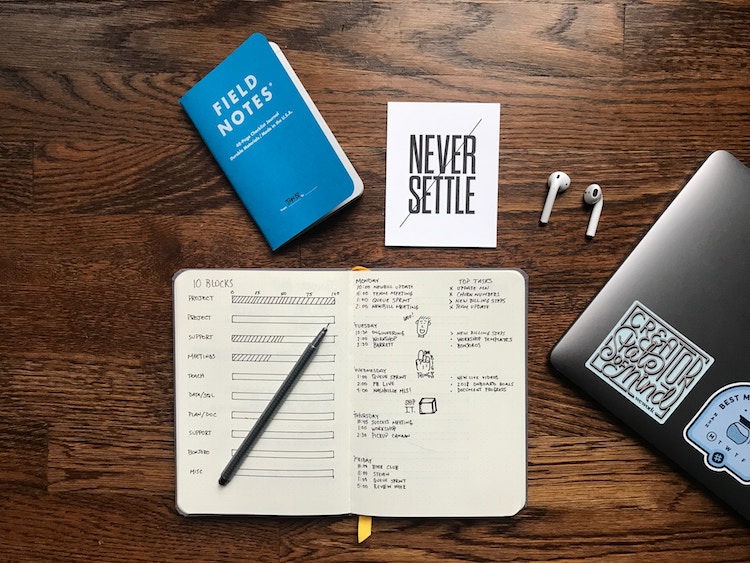
Photo: Matt Ragland
Here are 7 things to consider when starting your career as a creative freelancer.
Define Your Goals
The clearer you are about who you are, what you can do, and where you want your business to go, the easier it will be to make that a reality. But clearly defining what you do and what you can bring to the creative world is only one part of a successful business plan. You'll also want to draw out the steps you need to take in order to achieve your goal, including milestones and concrete financial numbers. These things can shift over time but think of this as your roadmap to success.
Aren't sure where to start? Here are 10 questions to ask yourself before turning your hobby into a profession.
Test the Waters
There's no need to rush into something without testing the market first. Maybe you already have a full-time job. Or perhaps you just aren't sure if your work has what it takes to be viable commercially. Starting a side hustle is a great way to see if your ideas have legs and help you build your portfolio prior to making the leap to full-time. It will also allow you to test your pricing and see if your business plan actually works.
Learn more about why you might want to start a side hustle today.

Photo: rawpixel
Know Your Niche
Understanding what makes your work special—and appealing—is key. This will help you narrow your client search, assist you in communicating your brand, and avoid wasting time marketing yourself in an area that is not interested in what you have to offer. Finding your creative niche isn't as hard as it appears, you just need to really examine your work and ask yourself—and your clients—some pertinent questions.
Give yourself a head start with our guide to finding your creative niche.
Find Clients
In order to build a portfolio, you'll need to find some clients! This is where your networking skills will come in handy. Friends, family, and acquaintances are a great place to start. Not only will you sharpen your communication by soliciting work, these initial clients can provide valuable feedback about your business. And often, they can end up being your biggest champions by helping you build a larger client base. Don't be afraid to push yourself out of your comfort zone!
Learn how to pitch your work to clients with our basic communication tips.
Create an Online Presence
As you start building up a portfolio, show it off to the world. An online presence is fundamental to attracting new clients and press. Not only will you need to create a website, but you'll want to open social media accounts that reflect your work as a professional. Some creatives will also want to consider more niche portfolio sites like Behance or 500px to push their work. Others may want to sell their art online via platforms like Society6 or Etsy. Staying active online is one of the best things new freelancers can do to drum up business.
If you're a social media newbie, here are 10 social networks you'll want to join to push your career.

Photo: rawpixel
Know Your Numbers
The reality is, your creative business won't last long if the numbers don't add up. Setting your price point and understanding what's coming in—and what's going out—are critical to long-term success. New freelancers will also want to understand how their taxes will be impacted by working for themselves. Getting a good accountant on board will go a long way in ensuring that you set yourself up properly in the country you are working in.
Aren't sure where to start with pricing? Check out our guide to setting your freelance rates.
Get Organized
Creating systems will help you keep a good work/life balance and ensure that you can spend your time wisely. This can refer to anything from decluttering your workspace to making sure your receipts are in order to streamlining your social media posts. Though setting up these systems can take some time in the beginning, they'll be timesavers later down the line, allowing you to focus on your clients and creative output.
Don't have good organizational skills? We have some tips on how you can keep your art business in order.
Related Articles:
How to Use Crowdfunding to Launch the Creative Project of Your Dreams
How to Choose the Perfect College Major for a Career in the Arts
6 Artists Share Career Advice They’d Give Their Younger Selves











































































